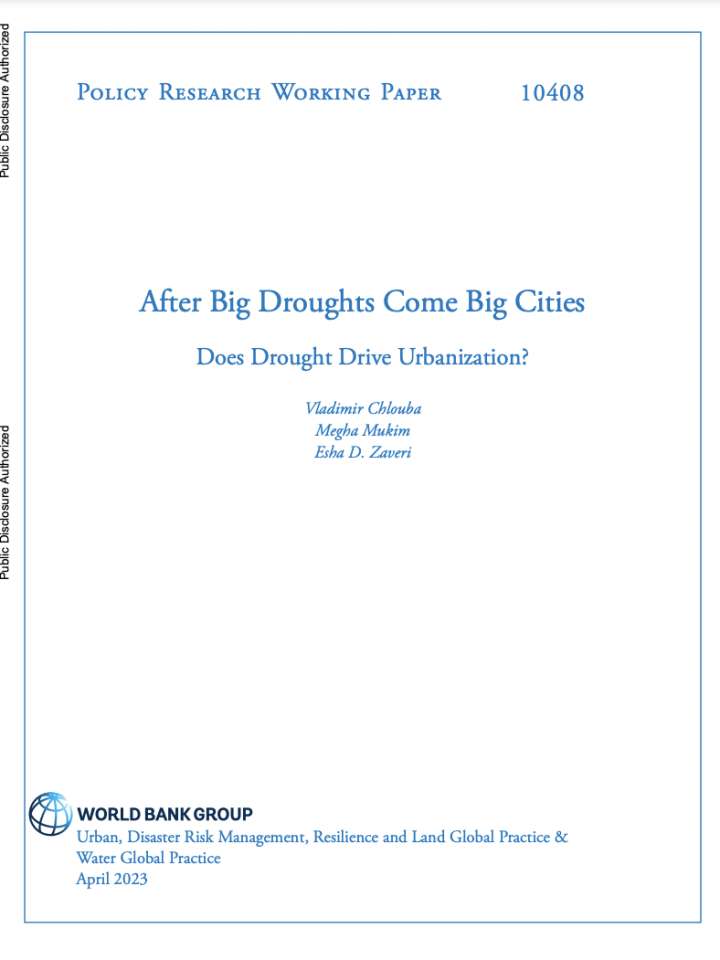After big droughts come big cities does drought drive urbanization?
This study examines the climate-urbanization nexus by constructing a novel measure of urban growth that uses remotely sensed information from the World Settlement Footprint dataset. Existing research points to a possible link between slow-onset symptoms of climate change and migration. It is also known that rates of urbanization are fastest in some of the world’s poorest countries, which are incidentally also at greater risk of climate-induced migration.
The results indicate that a hypothetical drought lasting 12 months is associated with a 27 percent increase in the average annual increment of built-up area. The paper leverages novel data from several Sahelian cities to illustrate that much of this growth takes the form of non-infill development that extends outward from previously built-up localities.
Explore further
